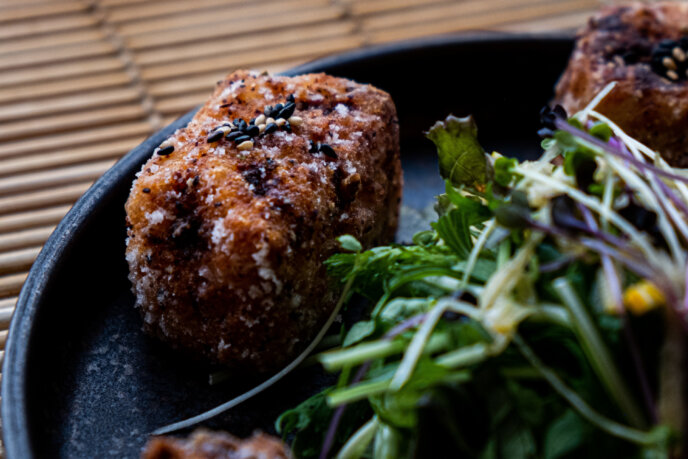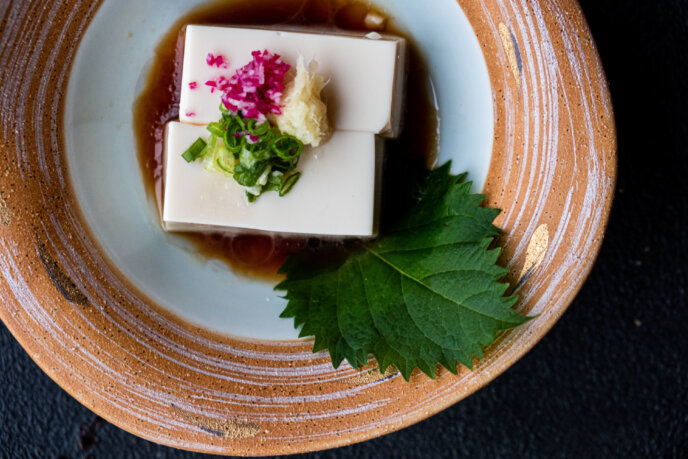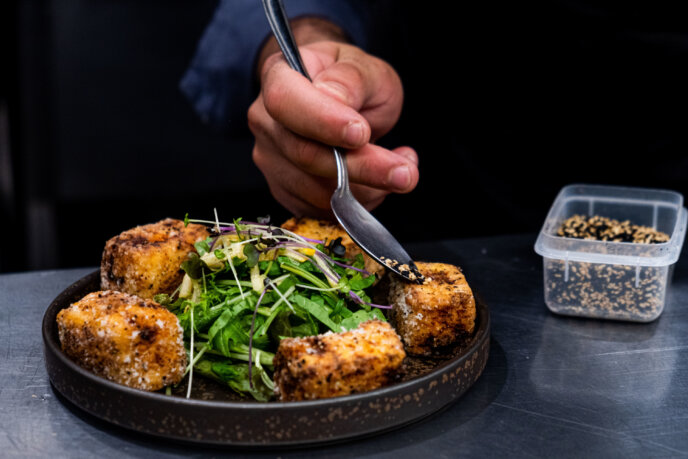Totally Tofu
Once thought of by most in the West as merely a protein substitute for vegetarians and vegans, tofu has more recently become a menu highlight in its own right for once-skeptical meat-eaters—and anyone who appreciates delicious food.
This new prime positioning of tofu on mainstream menus is without doubt, largely attributed to the rise in vegetarianism and veganism globally. And it isn’t just the fully-committed types either, think ‘plant-based’ dieters, ‘weekday vegetarians’ and so on. An overall increased consciousness of personal health and wellness, and how our footprint impacts the world, are factors.

Though the omission of meat from the daily diet goes back thousands of years, long before the green movers and shakers from the 1960s until now. Before the rest of the world discovered tofu, China was onto it, like many soy foods. Legend has it that it dates back over 2,000 years when a Chinese cook accidentally curdled soymilk when he added nigari seaweed to it.
Tofu then made its way over to Japan in the eighth century–known then as okabe. It caught on, arriving in Southeast Asia thereafter and the spread coinciding somewhat with that of Buddhism. After all, tofu is an important protein source for the vegetarian diet of East Asian Buddhism. Whether you follow a faith or not, it’s fair to say that tofu is becoming a holy grail for foodies around the world.

When it comes to tofu in Japan, it’s a part of the food culture. Richard Robbins from Kumo Restaurant, says it’s a staple in almost every meal, with it being common in breakfasts as well as dinners, like at izakayas.
“I think because it has quite a neutral flavour, its easy to complement a range of other dishes,” Robbins explains.
“There is a lot of different uses for tofu in Japanese cuisine. You can have it cold, warm, boiled, fried—in any style. There’s also ways to freeze it and defrost it, so that all the water comes out and then you can braise it.”
Made with soymilk from soybeans, nigari is then added—a sodium liquid that sets the milk to create tofu. Nigari, as the liquid remains after salt is extracted from seawater, has plenty of healthy minerals in the water also. The process is kind of like making cheese. And like milk is to cheese, soybeans is to tofu in terms of the base-flavour.
“If you get good quality tofu, it's already got a lot of flavour,” Robbins says.

“Like our miso, all the tofu we use is made in Hokkaido, from Tokachi in summer and Ebitsu in winter. It’s all made with the use of Hokkaido soybeans. It has much better flavour than other tofu types that are found here.”
“I don’t know if that’s because they are from Hokkaido, the way they are grown or a specific type of bean, but they have much better flavour!” Robbins explains.
Delivered fresh, not frozen, to Kumo Restaurant each week, Richard and his team like to keep it simple when it comes to preparing tofu for guests, often serving it un-cooked with a touch of soy sauce. A fried version is also popular.
“A lot of people enjoy the tofu steak here at Kumo. We marinate the tofu with miso, ginger, garlic and other ingredients and marinate it for a couple of days, so the flavours sink together. We then pan-fry it with spiced flour, which includes chili, pepper, black pepper,” Robbins explains.
“It is a more modern version than simple fried tofu.” While the world is catching onto this superstar food, why not try it right where it’s done best—here in Hokkaido.
“We really encourage people to try tofu. For me, I would say because it tastes so good, you should definitely try it!”
--
This article first appeared in the award-winning Experience Niseko Magazine. Pick up your copy in resort today.